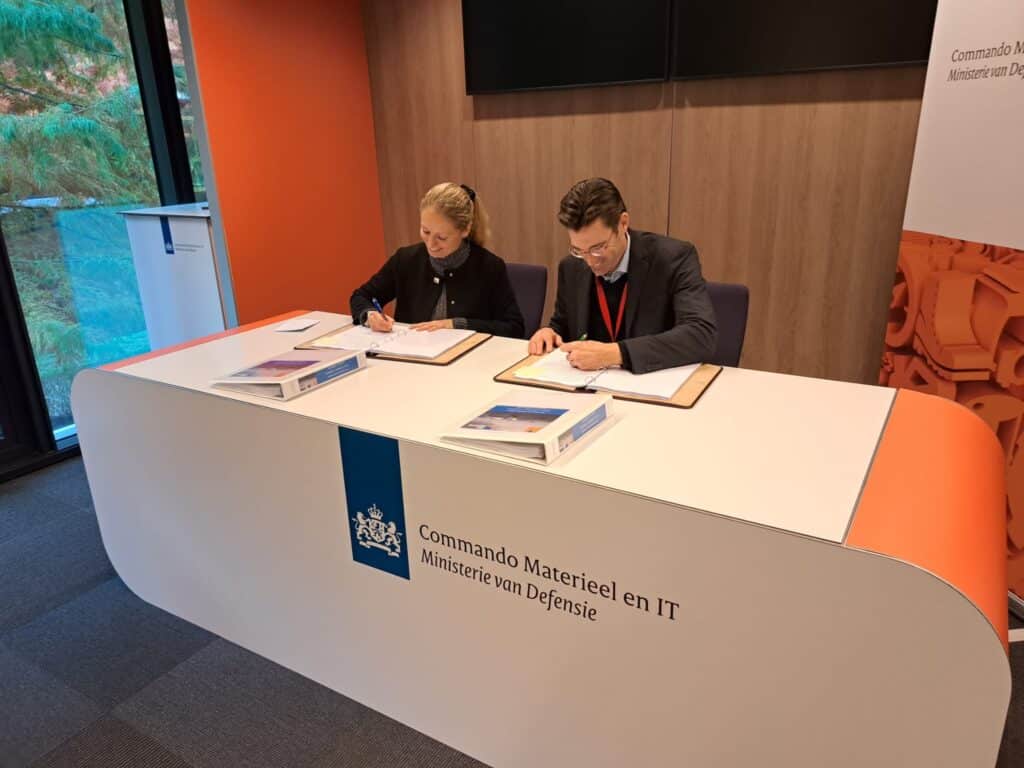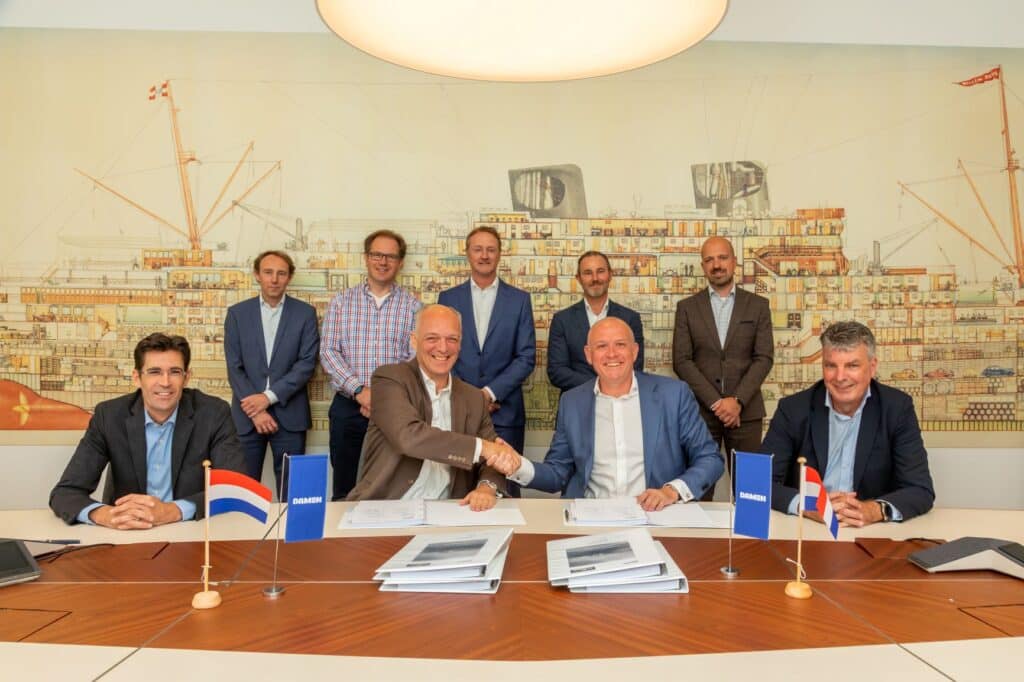Until now, most devices and machines on board vessels are monitored via analog cables and wires. They often only indicate whether they work or not and whether there is a failure. By connecting all devices and machines to the vessels’ network, much more information becomes available.
Increased availability of more information
RH Marine is installing an increased number of devices, sensors and switchboards. The conventional cables are then replaced by a network connector, which connects them to the IIoT network. Both on the bridge and in the engine room. This saves significant amounts of cabling and substantial space as well. “The biggest difference is that not only the traditional information is collected, but also all other information from the device. Not only whether something is on or off or defective, but also information about the condition, lifecycle and performance. This allows to see whether a device is switched on, but also whether a device is working properly”, say Automation Consultant Stefan de Bruin and Technical Product Manager Michiel Post of RH Marine.
Increased maintenance efficiency
The network provides opportunities for diagnostics and condition-based maintenance based on the actual status and condition of devices and machines. This can extend the life of ships and reduce the total cost of ownership. In addition, it is possible to configure, adjust, correct failures or install new programs online, sometimes even remotely. “If everything is connected to the network, you can do anything. Everything is accessible from the workstation, laptop or tablet, of course with a cyber-secure connection. Both on board and from the shore,” says De Bruin.
Saving travel time and costs
Until now, engineers and technicians are used to fly all over the world to solve problems locally. Via IIoT this can often be done remotely. “That saves a lot of flights and hotels and therefore a lot of time and costs. The vessels we work for are regularly in Brazil, Australia or other places in the world. If issues can be solved from a distance, that’s very interesting,” says Post.
Solving issues online
These benefits apply to almost all devices and machines on board. For example, an average vessel has a hundred pumps for air, ballast water, fuel or oil. These are all monitored via the Alarm Monitoring System (AMS), which provides an alarm signal if there is a problem. With a network plug, much more information about the status becomes available and pumps can also be commissioned, configured and monitored remotely. “The pump itself indicates its status via the IIoT network, allowing us to solve many issues online,” say Post and De Bruin. According to the two, the same applies to electric motors, navigation equipment or the engine management system of the diesel engine. They are all connected to the vessels’ network, enabling the status and performance to be continuously monitored.
More and more demand
RH Marine sees an increasing interest from fleet managers, yards, yacht owners and navies for the new IIoT network. That is currently being installed on a superyacht and two naval vessels, including the combat support ship (CSS). Post: “We increasingly supply components for yachts that are equipped with a network plug. We also get more and more questions from clients and suppliers about what opportunity’s it offers.”
Flexible vessel management
The network makes fleet and vessel management more efficient and flexible. When replacing components or devices, no wiring needs to be adjusted because everything works digital. It also offers the opportunity to modify a vessel after delivery. De Bruin: “Functionalities are easily added to both yachts and naval vessels later on, when vessels are already in operation. The lifecycle of a ship is on average thirty years, and there will be a lot of changes during that period.” For example, RH Marine is participating in the construction of a zero-emission vessel that will first sail on diesel and later on methanol. ,,That adjustment is only made after a few years when the methanol technology is available. Such a retrofit can be carried out much more efficiently if an IIoT ready ship’s network can be used.” says Post.



